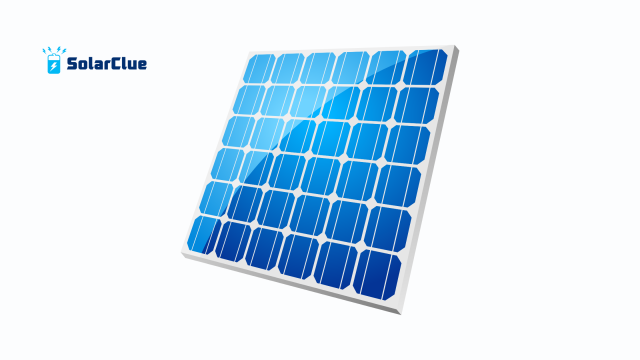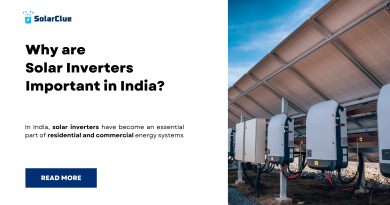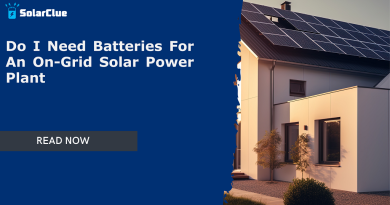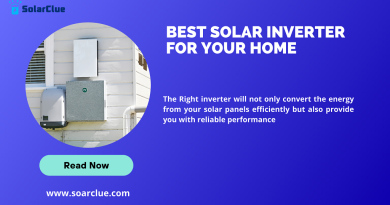Top 5 Mistakes to Avoid in Solar Purchase
Switching to solar power is one of the most rewarding and eco-conscious investments you can make today. However, many homeowners and businesses rush into it without sufficient planning or understanding, leading to poor performance and regretful decisions. If you’re considering making the shift to solar energy, it’s essential to steer clear of some common yet costly pitfalls.
This blog explores the Top 5 Mistakes to Avoid in Solar Purchase, ensuring you make a confident, cost-effective, and energy-efficient move.
Table of Contents
- 1 1. Ignoring Your Actual Energy Needs
- 2 2. Going for the Cheapest System
- 3 3. Not Taking Advantage of Government Subsidies
- 4 4. Overlooking Roof Compatibility and Orientation
- 5 5. Ignoring Maintenance and Warranty Details
- 6 Other Mistakes That Can Cost You
- 7 How to Make a Smart Solar Investment
- 8 Conclusion
- 9 FAQs
1. Ignoring Your Actual Energy Needs
One of the most common mistakes is not evaluating your current and future energy consumption. Many buyers make decisions based on assumptions or one-size-fits-all advice. However, every home or business has unique energy usage patterns.
When you install a solar power system without calculating your average daily and monthly electricity needs, you may end up with a system that’s either too small to power your home efficiently or too large and unnecessarily expensive.
Tip: Get a professional energy audit before buying. Understand peak usage times, seasonal variations, and your energy goals.
2. Going for the Cheapest System
Choosing a solar solution based solely on price might seem like a smart move, but in reality, it often leads to disappointment. Cheaper systems might cut corners on panel quality, inverter reliability, or warranty terms. You could end up with low-efficiency solar panels, higher maintenance costs, and reduced overall savings.
Tip: Evaluate the solar power system based on performance, efficiency, brand reputation, and warranty coverage. Long-term reliability matters more than short-term savings.
3. Not Taking Advantage of Government Subsidies
Another mistake people make is overlooking government subsidies, tax benefits, or local incentives available for solar energy adoption. These incentives can substantially reduce your installation cost and boost ROI.
Tip: Check with local authorities or a certified installer to know about national and state-level subsidy schemes, accelerated depreciation, or GST benefits for solar installations.
4. Overlooking Roof Compatibility and Orientation
Not every rooftop is ready to host a solar power system. Factors like roof size, tilt angle, direction, shading from nearby trees or buildings, and structural strength greatly affect panel efficiency.
If your roof isn’t ideal, even the best panels won’t perform as expected, resulting in longer payback periods or inadequate energy generation.
Tip: Always conduct a roof suitability assessment. A professional installer will evaluate your rooftop’s potential and recommend the best panel placement for maximum sunlight exposure.
5. Ignoring Maintenance and Warranty Details
Many customers sign off on solar purchases without fully understanding maintenance requirements or warranty terms. This can lead to major headaches if the system underperforms or malfunctions.
A system may come with a 25-year panel warranty but only a 5-year inverter warranty—something most people overlook until it’s too late.
Tip: Read the fine print. Understand what’s covered, for how long, and what your responsibilities are as an owner. Ask about after-sales support, service visits, and repair costs.
Other Mistakes That Can Cost You
In addition to the five major points above, here are a few more missteps that could hinder your solar power journey:
-
Not comparing quotes from multiple vendors
-
Confusing on-grid with off-grid systems
-
Overlooking battery backup options
-
Assuming all solar panels have similar efficiency
-
Skipping background checks on installers
Taking the time to avoid these errors can enhance your system’s performance, reduce costs, and deliver greater satisfaction.
How to Make a Smart Solar Investment

Understand the Basics of Solar Power
Learn how solar energy works, from photovoltaic cells to inverters and batteries. This knowledge will help you ask the right questions and avoid being misled by sales pitches.
Choose the Right Installer
A well-experienced and certified installer can make or break your solar power system. Look for reviews, certifications, and service offerings. A good installer will help with system design, paperwork, and post-installation support.
Plan for the Long Term
Think beyond just installation. Consider system scalability, upgrades, and how your energy needs may change in the next 10–15 years. A good plan will help you grow with your solar setup, rather than outgrow it too soon.
Conclusion
A poorly informed solar purchase can lead to low energy savings, expensive fixes, and wasted potential. But when you approach your investment wisely and avoid these common mistakes, you set yourself up for a brighter, cleaner, and more cost-effective future.
By understanding your energy needs, researching your options, and making well-informed decisions, you can unlock the true value of solar power. Whether you’re a homeowner or a business owner, solar is a smart long-term move—but only if you do it right.
Now that you know what not to do, take your first confident step into the world of solar energy.
Curious to learn more and explore your best solar options? Visit us at solarclue.com or dive deeper into expert insights on blog.solarclue.com—because your solar journey deserves clarity and confidence!
FAQs
1. What’s the average lifespan of a solar panel?
High-quality solar panels typically last between 25 to 30 years with proper maintenance.
2. Can I install solar panels on any type of roof?
Not always. Roof angle, direction, shading, and structure play key roles in panel suitability and efficiency.
3. Do solar panels work during cloudy or rainy days?
Yes, but their efficiency drops. Solar energy can still be generated under indirect sunlight, just at lower output.
4. Is battery storage necessary for a solar setup?
Not always. If you’re connected to the grid, it’s optional. But for backup during outages or off-grid living, it’s crucial.
5. Are solar installations eligible for financing or EMIs?
Yes. Many banks and solar providers offer financing plans or EMIs, making solar power more accessible than ever.




